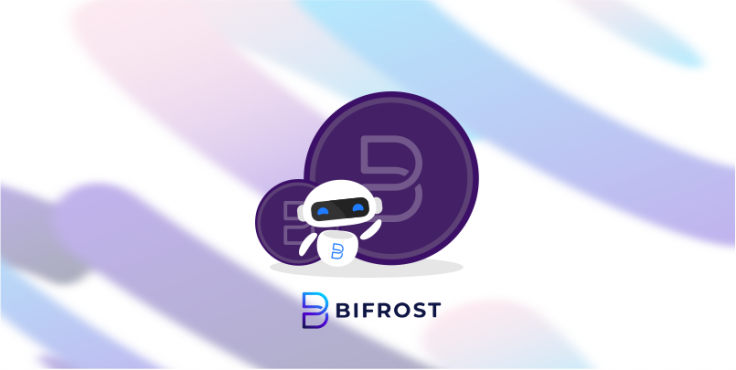
While the biggest achievement of the past quarter of a century was centralization brought by the internet, decentralization may open the next chapter in technological development. Everything, from capital markets to social media accounts, may soon be replicated on the blockchain, or so Bloomberg thinks. The jaw-dropping statistics reveals that within the next 5 years, the share of the blockchain market will rocket by 81.7%, which is only one additional reason why regulators will lose their sleep at night. This fact has also been alarming for many decision-makers, especially for the ones who have been previously looking at blockchain with skepticism.
This massive surge in enthusiasm around blockchain particularly now was caused by two reasons: covid-19 and Tesla. While the former was responsible for the biggest global health and economic crisis since the 20th century, the latter openly showed its trust in the most popular currency that marks our time, Bitcoin. Tesla is only another addition to the long chain of those who entrust their future in the hands of decentralization – such corporate giants as Amazon, IBM, MasterCard and Huawei have long seen their future going on par with blockchain.
However, up to now the blockchain space has remained largely divided within itself. This was, probably, was one of the major obstacles on the way of blockchain, and one of the hindrances to its full takeover. Several major distributed ledger networks dominate the current environment – among them are Ethereum and Stellar, as well as ones developed by private companies (e.g. Ripple, IBM) rapidly gain traction. But between them, there's no sign of coherence. For developers, this means that their project can only embrace the scope of a given framework, without the possibility to step into the outer world. That makes the success of certain enterprises fully reliant on the technological promise of a particular technology, which may quickly fade out as soon as the foundation has proven wobbly.
Bifrost combines decentralized fragments in one piece
Bifrost, a blockchain middleware platform, has found a way to bridge the division. It enables developers to build Decentralized Applications (DApps) on top of multiple smart contract protocols, this way assembling different pieces of puzzle and forming one coherent picture of the blockchain environment.
To better comprehend the logic behind the DApp creation process, it is first useful to get familiarized with the principles behind the Bifrost platform.
One thing it's important to note - Bifrost doesn't create a blockchain of its own. It also does not create an additional abstraction layer that would entail the operational delay, but rather combines and connects each blockchain, this way acting as a go-between. Once a DApp is ready-to-go, Bifrost restructures the smart contract code and fits the application into the shape of each individual blockchain. Bifrost also came up with its own programming language dubbed "Recipe" that plays an essential role in the platform functionality. In the midst of the process, smart contract code can also be enhanced and fine-tuned – for instance, higher transaction speed and enhanced flexibility can be added into the functionality of a given blockchain.
It's worth to note that the entire process of DApp development – from coding to the actual product operation – can be accommodated on the Bifrost platform. The platform also takes the responsibility for managing the complicated depletion process, freeing developers from the effort of scaling up across different blockchain networks. To complement all of this, Bifrost alleviates costly gas fees and allows DApp operation to be more transparent and efficient.
How to create a DApp using Bifrost
From the very start, Bifrost lays an emphasis on flexibility in picking and adjusting the combination of blockchains, which would eventually empower developers to achieve the highest level of market reach. At the moment of writing, Bifrost hosts a network of over 35 global partners, including the latest addition of Chain Link. This number is set to expand with the growth of the network usage across geographies.
For anyone who has in mind launching a decentralized application on Bifrost, the following set of steps may serve as guidance.
1. To begin with, a developer should come up with a smart contract code for a DApp
2. The unique functional properties of Bifrost further allow a developer to pick a set of blockchains across which a DApp will be deployed
3. Bifrost system will further analyze the smart contract code and conduct an appropriate division into each specified blockchain
4. The Bifrost system will always allow flexibility in switching and combining blockchains, enabling to extract the most benefit out of decentralized protocols
5. The platform further takes care of deploying the components with the help of Bifrost Linker, a proxy/relayer for cross-linking the information
While resolving one of the most fundamental challenges of decentralized finance, Bifrost provides flexibility and unity in so-far divided blockchain space. By expanding the current limitations of DeFi, Bifrost brings a long-awaited change that will have positive spillovers to society in the long term.









